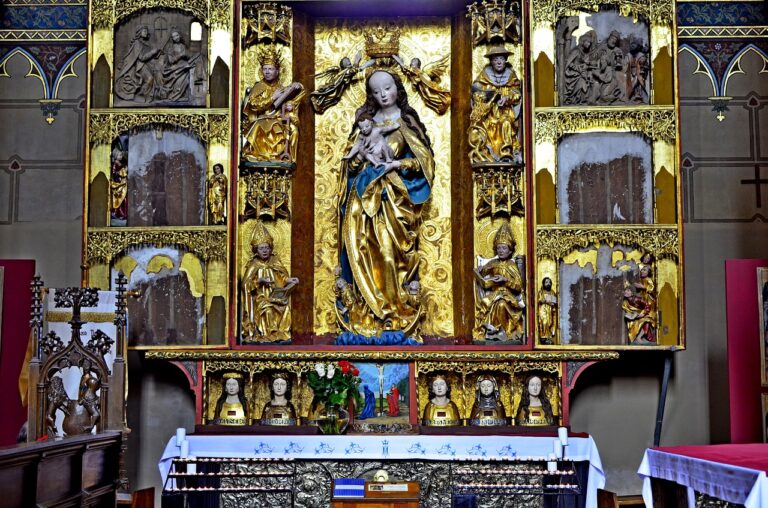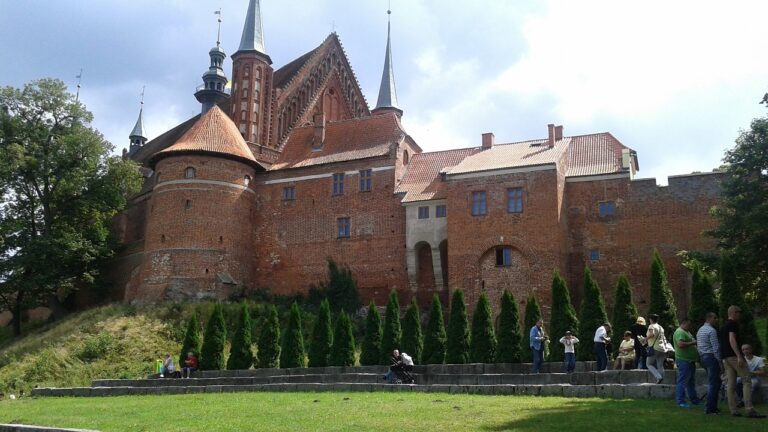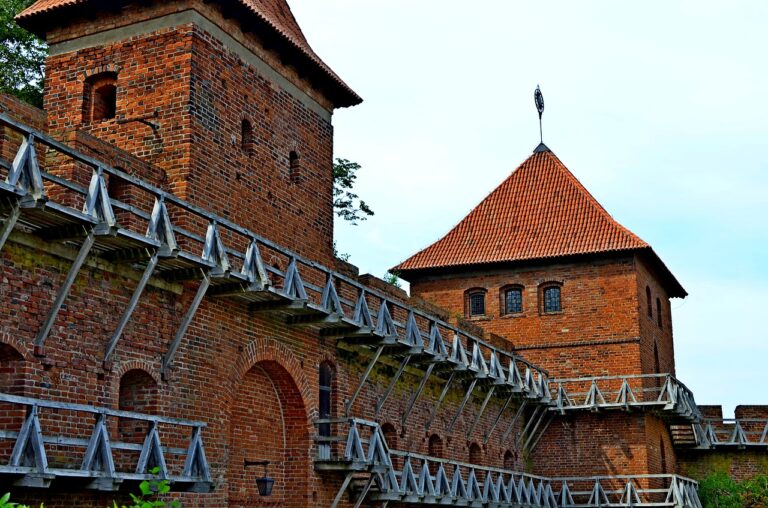Frombork
City of Copernicus, where the scholar spent most of his life, wrote “De revolutionibus…” and in which he died. Although Frombork has about 3,000 inhabitants, it seems much smaller, as settlements are lost between green hills. Above the low buildings of the tiny center dominates the Massif of the Cathedral Hill. The Gothic Cathedral of the Assumption of the Blessed Virgin Mary and St. Andrew attracts crowds of tourists, not only from Europe. Empty, winding streets lead from the hill to the small port, where cruise ships are waiting for tourists in the summer. It is worth going on a short cruise to Krynica. At the foot of the Cathedral Hill stands a monument to Copernicus and a church from the 19th century with an interesting neo-Gothic façade. Above the low buildings of the center dominates a four-sided, flat-cut water tower. In 1571, it was a miracle of technology – special machines pumped water to the top floor, and from there to the pipe system to the cathedral. At Basztowa Street, a low defensive tower with a simple helmet has been preserved.
We recommend visiting the Copernicus Tower, wrongly considered to be his former observatory, and in fact being his formal dwelling inside the defensive walls of the cathedral complex in case of war, the Nicolaus Copernicus Museum (in the former bishop’s palace) and the Radziejowski Tower (former belfry), in which Foucault’s pendulum is located.



